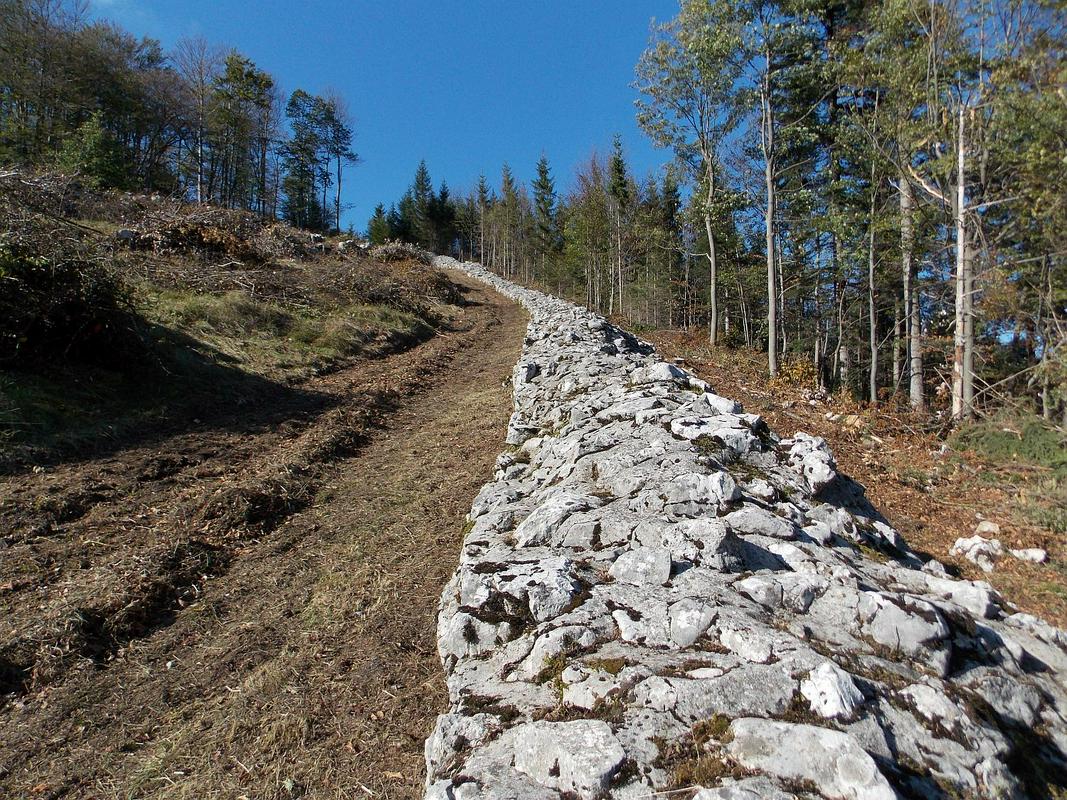
Scattered around the woods of western Slovenia are ruins of what appears to be a wall. The structures are far older than many people realize; they were once part of fortifications used to defend the heart of the Roman Empire.
The defensive wall was built in the third century A.D. under the rule of Emperor Diocletian. It was a time of great political change; the Romans had just lost the province of Dacia in modern-day Romania and were desperate to protect the empire from the Barbarian invasions.
They devised a wall that extended from modern-day Rijeka in Croatia across the western part of Slovenia through the karstic highlands and wooded valleys near the strategic Postojna Gate -- and all the way to the Julian Alps. A fort on the Hrušica Plateau, known as Adi Pirum, was big enough to hold 100,000 soldiers, and it was just one of several forts along the length of the wall.
But like many protective walls throughout history, Claustra Alpium Iuliarum proved to be ineffective. Even the forts themselves turned out to be vulnerable to attacks during the Roman civil wars. In 490 A.D., the Ostrogoths breached the wall and defeated the Roman Army in the Soča River Valley. It was another sign that the Roman Empire was becoming weaker and that it was nearing its end.
Today, hikers frequently stumble upon piles of stone – at least eighteen remains of the old fortifications are still easily visible to passers-by. Parts of the wall were discovered during the construction of a highway connecting Ljubljana to the coast, and archeologists have restored a tower near the town of Vrhnika. It allows visitors to marvel at the fortifications’ impressive size and to contemplate their fate. Designed to protect Rome, the system of walls and towers that once bisected Slovenia ultimately failed to protect an empire whose time was running out.

































































